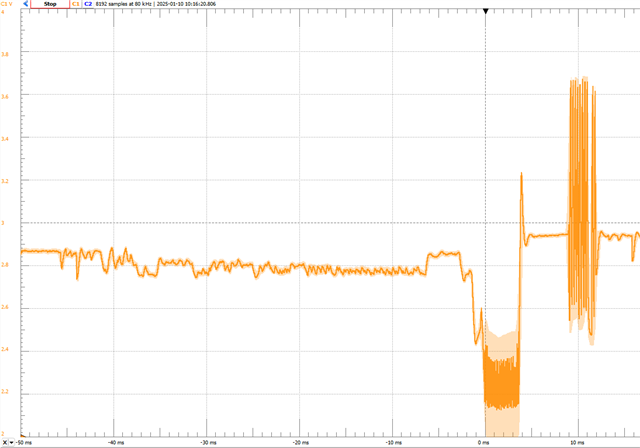Other Parts Discussed in Thread: TVS0500
Tool/software:
Hello E2E forum,
We are using the TPS2116 to switch between two batteries (maximum 4.08V) to power our product.
We have encountered that approximately 1% of our solutions fails due to the TPS2116 (output of the TPS2116 is crashing).
We suspect that this error is introduced by hot-plugging of batteries. The absolute maximum input voltage of the TPS2116 is 6V:
We are protecting the input to TPS2116 with a TVS diode. However, we're unable to find TVS diodes with a tight enough ratio between breakdown voltage and clamp voltage, since our operation voltage is maximum 4.08V.
This suggests using TVS diodes with V_BR > 5V and V_CLAMP < 6V, which, as far as we're concerned, is not produced.
Hot-swap controllers in front of the TPS2116 is not possible since (as far as we're concerned), these devices consume quite alot of quiescent current. Our product consumes maximally 18 uA, so protection must not contribute significantly to this.
How would you recommend protecting the TPS2116 properly?
Best regards, Daniel



